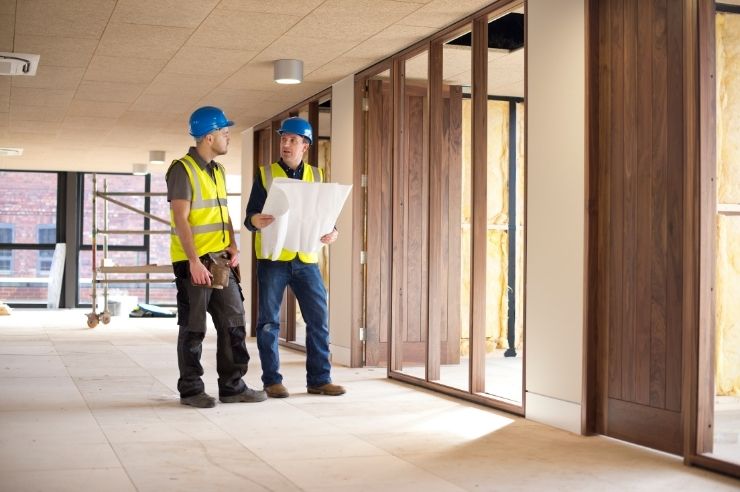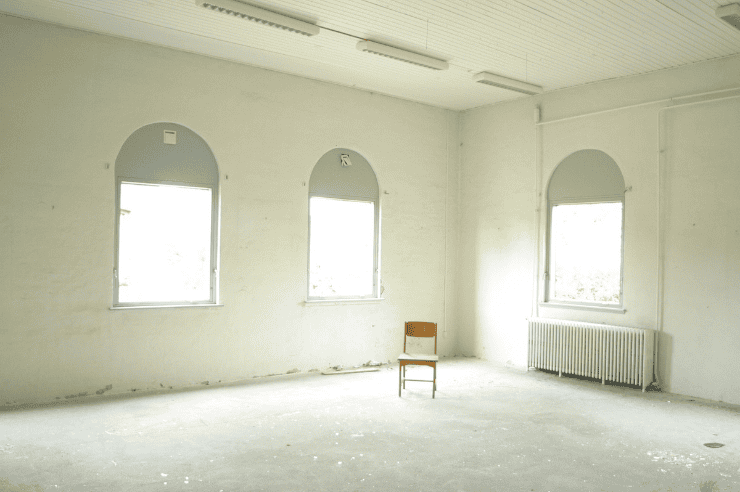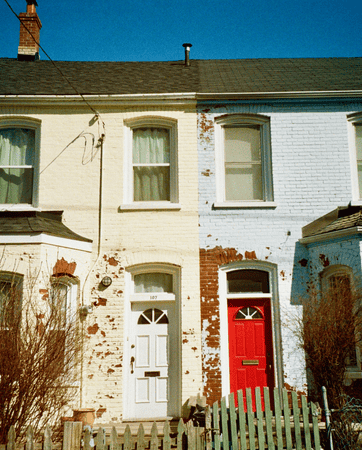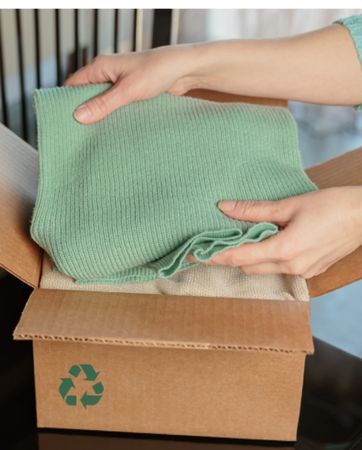Old House, New Opportunities: A Guide to Grants in Ireland
Are you hoping to buy a home or invest in a property in Ireland? If so, you’ve probably got your work cut out for you. Even though 30,000 homes were built last year, it’s clear that it’s not nearly enough to meet rising demand.
A recent report by the Davy Group found that we now have a housing shortfall of 230,000 homes. That means that we’re increasingly turning to creative solutions when it comes to finding somewhere to live.
From abandoned farmhouses to boarded-up shopfronts, the country is full of older buildings that could be repurposed into modern homes. The bad news is that this involves a lot of time, money and effort. The good news is that there’s lots of help available.

If you’re thinking of renovating, refurbishing or modernising an old property, there are a wide range of grants on offer. To help kick-start your journey, we have rounded up a couple of the most popular grants in Ireland:
The Vacant Property Refurbishment Grant
A recent report from GeoDirectory found that there were more than 100,000 vacant and derelict residential properties in Ireland. The Vacant Property Refurbishment Grant could help you turn one of those properties into a home.

Part of the Croí Cónaithe Towns Fund, this grant offers a payment of up to €50,000 to help offset the cost of refurbishment. If your expenditure exceeds the standard grant, a top-up grant amount of up to €20,000 is available.
There are some qualifications required (for example, the property must have been vacant for at least two years), and you do have to meet your costs upfront (and claim back later), but the application is relatively straightforward, allowing ordinary people to apply without requiring expert help.
So far, the Department of Housing, Local Government and Heritage has paid out over €77 million in relation to the refurbishment of 1,449 homes. That’s a lot of families now living in properties that were previously lying empty.
The Living City Initiative
Do you dream of city-centre living? Strolling around cobblestone streets, stopping for a coffee, or catching some arts and culture? If so, the Living City Initiative might be for you.
It’s not a grant per se, but a tax incentive scheme that means you can claim tax relief for money you spend on refurbishing or converting residential or commercial properties in Special Regeneration Areas (SRAs) in:
- Cork
- Dublin
- Galway
- Kilkenny
- Limerick
- Waterford

As with other incentives, you have to spend the money first and reclaim it later (as tax relief, in this case), which can be challenging. But, on the plus side, the limits are generous, which might help mitigate high renovation costs.
The idea behind the Living City Initiative is to revive town centres, making them home once again to a vibrant mixed community of residents, business-owners and visitors.
Grants for historical or protected structures
We’re lucky to live in a country that’s rich in historic homes, from thatched cottages to country manors, elegant townhouses and even centuries-old castles. Most people recognise that protecting these properties is important, but we also want to make them habitable as homes for this generation and many more to come.
That’s why the government and various bodies offer a range of financial support to those brave enough to renovate or refurbish a period property. These include:
- The Built Heritage Investment Scheme (BHIS): Grants from €2,500 to €50,000 are available for protected structures or those found within Architectural Conservation Areas (ACAs). In the past, the fund has covered works to shopfronts, churches, period properties, Georgian townhouses, and much more.
- The Historic Structures Fund (HSF): This programme focuses on larger-scale projects, with grants of between €50,000 and €200,000 for the enhancement of, refurbishment or reuse of existing heritage structures like a watermill, castle, cathedral, and more.
- The Conservation Advice Grant: Most owners of traditional, protected or historic structures will seek expert advice before considering refurbishment, which is often expensive. This scheme offers up to €5,000 (or 67% of costs) to help offset bills from architects, engineers, surveyors or similar.
- The Traditional Thatch / Thatched Buildings Stream: A key part of our built heritage, thatched roofs require a lot of upkeep and specialist attention. This grant (part of the BHIS) covers 80% of the work (up to €20,000 per structure) to help meet the costs of keeping a traditional roof in place.
- ‘Our Living Islands support: If you’re craving a quieter, slower pace of life, a move to the Aran Islands (or any Irish island) might be in order. For islanders, the Vacant Property Refurbishment Grant is increased to €60,000 — €84,000 to help bring derelict homes back to life in coastal communities.
General home improvement funding

Even if your home isn’t historic, protected, or of heritage value, it may still be eligible for a range of extra funding from bodies like the Sustainable Energy Authority of Ireland (SEAI). There are grants to help meet the cost of modernising, upgrading or retrofitting older houses, including:
- SEAI Fully Funded Energy Upgrade: Up to 100% of costs
- SEAI Individual Energy Upgrade Grants: Up to 80% of costs
- SEAI ‘One Stop Shop’ Service: Up to 50% of costs
- Housing Adaptation Grant: Up to €30,000
- Housing Aid for Older People: Up to €8,000
All the information on this blog post is published in good faith and for general information purposes only. While An Post Insurance makes every effort to ensure that the information appearing on this blog is accurate and complete, it does not make any warranties about the completeness, reliability or accuracy of this information, whether express or implied, including but not limited to implied warranties of merchantability, fitness for a particular purpose or non-infringement. Any action you take upon the information you find on this blog is strictly at your own risk. An Post Insurance will not be liable for any direct, indirect or consequential losses and/or damages in connection with the use of, or action taken in reliance on information contained in our blog.
Through this website you are able to link to other websites which are not under the control of An Post Insurance. We have no control over the nature, content and availability of those sites and if you click on links to these websites you will be subject to the terms and conditions of those sites. The inclusion of any links does not necessarily imply a recommendation or endorse the views expressed within them.



















